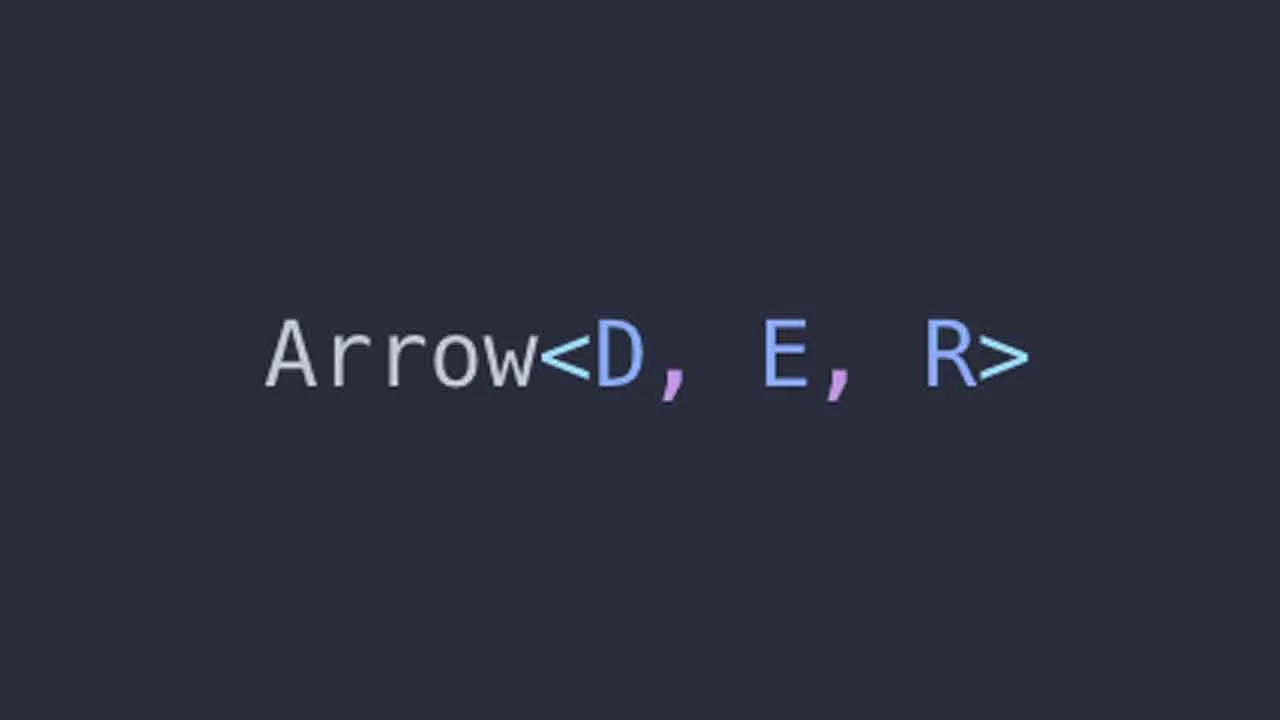Welcome to part 1 of this series on using the typescript library Light Arrow for functional programming in Typescript. In part 1 we will cover the Arrow data type. In part 2 we will build a fully type-safe http server.
I am the author of Light Arrow and the project is still in its early stages, please_get in touch if you have any feedback, thanks!
Arrows and Promises
Arrows are data structures that describe asynchronous operations that can succeed with a result value R or error with a value E that depend on some dependencies D. Practically many programs or parts of programs we write fit that description, and often Promises are used for this purpose. However, there are some drawbacks with Promises.
Lets first look take a look at the Promise Type signature.
Promise<A> represents an asynchronous operation that can succeed with a value of type A. But what about failure? this isn’t represented in the type signature, so we have to look inside the implementation of our particular promise and determine what types our catch error handler needs to handle. Promises are also eagerly evaluated and not referentially transparent which can cause issues when we are refactoring. Referential transparency means we can replace all expressions in our program with the values returned from those expressions, without changing the programs behaviour. For more on potential issues with Promises check out this article.
#javascript #async-functions #typescript #nodejs
